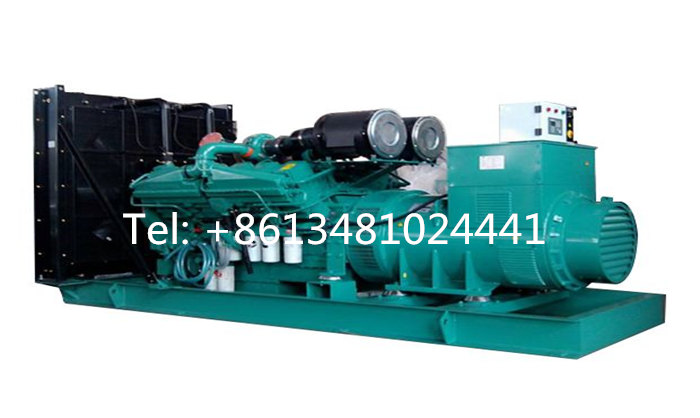What Is a Genset and How Is It Used?
A genset, short for generator set, is a combination of an engine and an electric generator (alternator) used to generate electrical power. This compact unit is designed to provide a reliable source of electricity, particularly in situations where access to a stable power grid is limited, or during power outages. Diesel Gensets find widespread use in various applications across different industries. Here's an overview of what a genset is and how it is commonly used:
Components of a Genset:
Engine:
The engine is the primary component responsible for converting fuel into mechanical energy. Common types of engines used in gensets include diesel, gasoline, natural gas, and propane engines.
Generator/Alternator:
The generator, also known as an alternator, converts the mechanical energy produced by the engine into electrical energy. It generates an alternating current (AC) that can be used to power electrical devices and systems.
Control Panel:
The control panel houses the necessary instruments and controls for operating and monitoring the genset. It includes features such as start/stop buttons, indicators for voltage and frequency, and sometimes advanced controls for automatic operation.
Fuel System:
Gensets are fueled by various energy sources, including diesel, gasoline, natural gas, or propane. The fuel system includes components such as fuel tanks, filters, and injection systems, depending on the type of fuel used.

Cooling System:
Generator sets require a cooling system to regulate the temperature of the engine. Common cooling methods include air cooling or liquid cooling, depending on the size and application of the genset.
Uses of Gensets:
Standby Power:
Gensets are often used as standby power sources in residential, commercial, and industrial settings. They automatically kick in during power outages, ensuring a continuous and reliable supply of electricity.
Prime Power:
In areas with unreliable or no access to a power grid, gensets serve as the primary source of electricity. This is common in remote locations, construction sites, or mobile applications.
Peak Shaving:
Gensets are used for peak shaving, where they supplement the power grid during periods of high electricity demand. This helps balance the load on the grid and can be more cost-effective than relying solely on grid power.
Emergency Power for Critical Systems:
Critical facilities such as hospitals, data centers, and communication hubs often rely on gensets to provide emergency power. This ensures the continuous operation of essential systems during power interruptions.
Construction Sites:
Gensets are commonly used on construction sites to power tools, equipment, and temporary facilities where a reliable power source may not be readily available.
Telecommunications:
Gensets are employed to provide backup power for cell towers, ensuring uninterrupted communication services during power outages.
Agriculture:
Farms and agricultural operations use gensets for various applications, including powering irrigation systems, equipment, and providing electricity in remote areas.
Entertainment Events:
Gensets are often used at outdoor events, concerts, or festivals to supply power for lighting, sound systems, and other equipment.
Gensets play a crucial role in providing reliable and efficient power solutions in diverse settings, contributing to the stability and continuity of electrical supply in various applications.

Comments
0